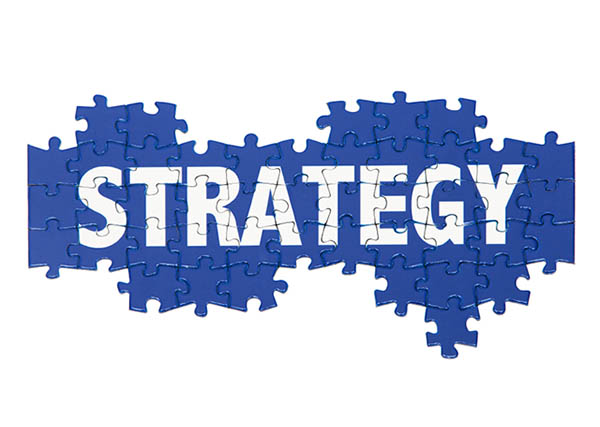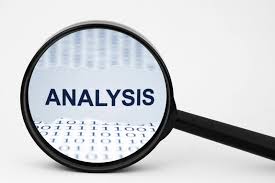A large number of companies operating in cyclical sectors made a mistake by
raising their breakeven point through heavy investment. In fact, they should
have been seeking to achieve the lowest possible breakeven point and, above all,
the most flexible possible cost structure to curb the effects of major swings in
business levels on their profitability.
For instance, integration has often turned out to be a costly mistake in the
construction sector. Only companies that have maintained a lean cost structure
through a strategy of outsourcing have been able to survive the successive cycles of
boom and bust in the sector.
In highly capital-intensive sectors and those with high fixed costs (pulp, metal
tubing, cement, etc.), it is in companies’ interests to use equity financing. Such
financing does not accentuate the impact of ups and downs in their sales on their
bottom line through the leverage effect of debt, but in fact attenuates their impact
on earnings.
A breakeven analysis provides a link between financial and industrial strategy.
When a company finds itself in a tight spot, its best financial strategy is to reduce its
financial breakeven point by raising fresh equity rather than debt capital, since the
latter actually increases its breakeven point, as we have seen.
If the outlook for its market points to strong sales growth in the long term, a
company may decide to pick up the gauntlet and invest. In doing so, it raises its
breakeven point, while retaining substantial room for manoeuvre. It may thus
decide to take on additional debt.





6 Comments. Leave new
Nicely written. The blog explains the topic briefly and interestingly.
Unique article..!
Well written
Well written!
Nicely excecuted 😀
The liked the content verymuch short and a brief idea about the same is given 😀
i would like to add 😀 this much have beenn more awesome if 😀 You have introduced this also that how this implemented and the steps taken 😀 in much more elaborative way 😀
Good work 😀
very well expressed!